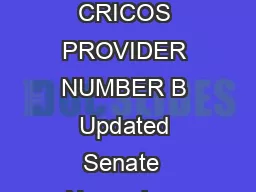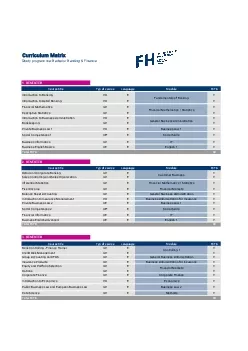PPT-Bachelor of Information
Author : relylancome | Published Date : 2020-06-22
Technology Systems Analysis amp Design IT 2405 Nisansala Dharmasena Bertholameuse BSc Special Hons in ITPGD in IT MSc in IT PGD in IR Dip in Journalism MPhil
Presentation Embed Code
Download Presentation
Download Presentation The PPT/PDF document "Bachelor of Information" is the property of its rightful owner. Permission is granted to download and print the materials on this website for personal, non-commercial use only, and to display it on your personal computer provided you do not modify the materials and that you retain all copyright notices contained in the materials. By downloading content from our website, you accept the terms of this agreement.
Bachelor of Information: Transcript
Download Rules Of Document
"Bachelor of Information"The content belongs to its owner. You may download and print it for personal use, without modification, and keep all copyright notices. By downloading, you agree to these terms.
Related Documents














